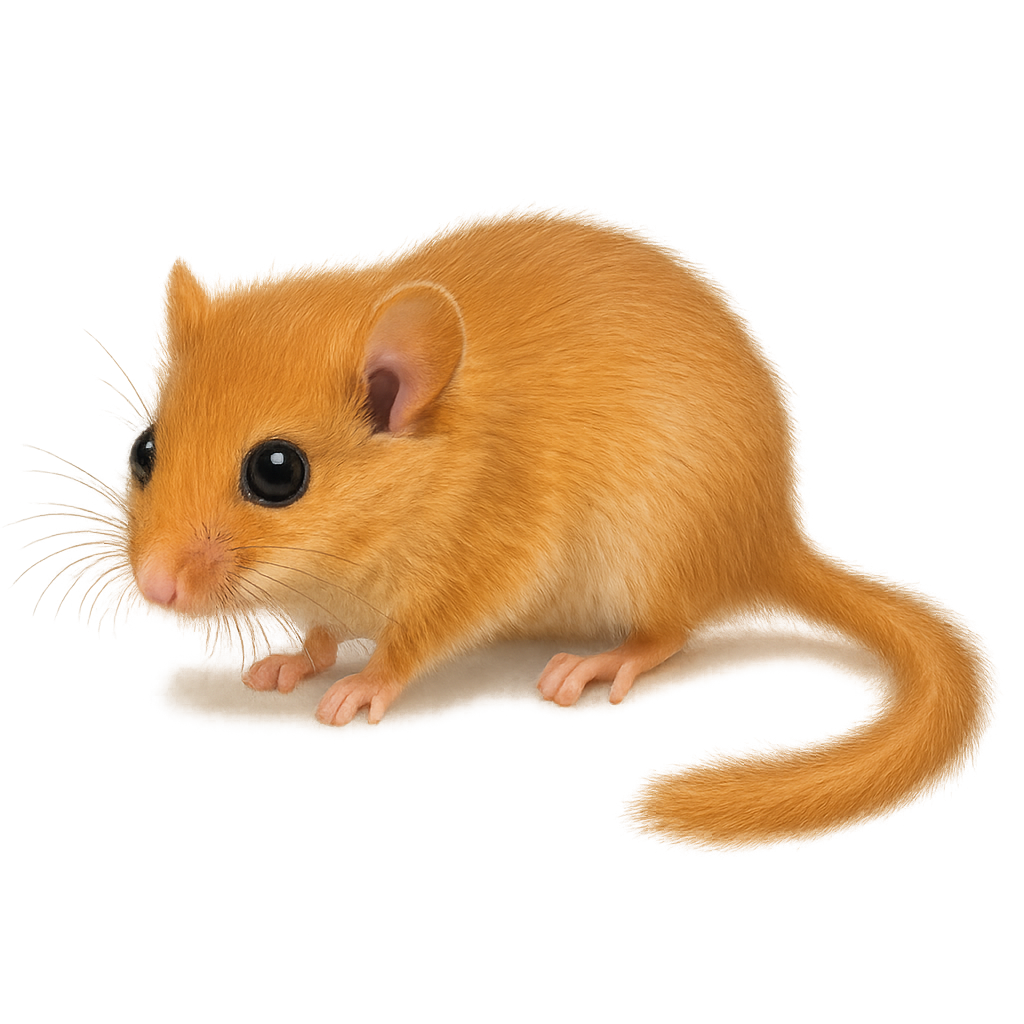Observe and photograph a species in its natural habitat
Learn where and when to observe a species in the wild, how to recognize it in the field, and what habitats it lives in. Get photography tips adapted to its behavior and capture stunning images without disturbing the animal. For full details, open the complete profile in the WildlifePhotographer app.
Hazel Dormouse
Scientific name: Muscardinus avellanarius

IUCN Status: Least Concern
Family: GLIRIDAE
Group: Birds
Shyness: Suspicious
Safe distance: 10 m
Breeding season / Courtship: 15.03-15.06
Gestation: 25-30 jours
Births: 01.05-31.08
Habitat:
Forests, woodlands, and hedgerows
Description:
The Common Dormouse is a small nocturnal rodent, often compared to a miniature squirrel, found mainly in forests, hedgerows, and gardens across Europe. It measures about 7 to 9 cm in length, with a tail of 5 to 7 cm, and weighs between 15 and 30 g. Its coat is typically brown or gray with a light belly, and it has large black eyes and round ears. The Common Dormouse is an arboreal and nocturnal animal that primarily feeds on fruits, seeds, nuts, and sometimes insects. It is an excellent climber, often living in trees or natural cavities. This small rodent is known for its hibernation behavior: it enters torpor during the winter months, retreating into its nest to survive the cold temperatures. Although it is widespread, it is threatened by habitat loss and human disturbances.
Recommended lens:
>=400 mm
Photography tips:
Approach discreetly and slowly, as the Common Dormouse is a nocturnal and rather secretive animal that prefers to hide in trees or bushes.
Photograph at dusk or during the night, when the Dormouse becomes more active in search of food or during its movements. Low light is ideal for capturing the nocturnal ambiance.
Be patient and ready to wait: The Common Dormouse can spend a lot of time in its shelter, so it's important to wait for natural moments when the animal emerges.
Respect its space: Do not disturb its resting areas, especially during the breeding period, to avoid disrupting its natural behavior.
The Common Dormouse is a protected species, due to habitat loss and human disturbance. It is essential to respect its territory and avoid disturbing its nesting or feeding sites. Follow local recommendations to protect this fragile nocturnal species.
Ready to take action?
Choose your platform and start your free trial today



